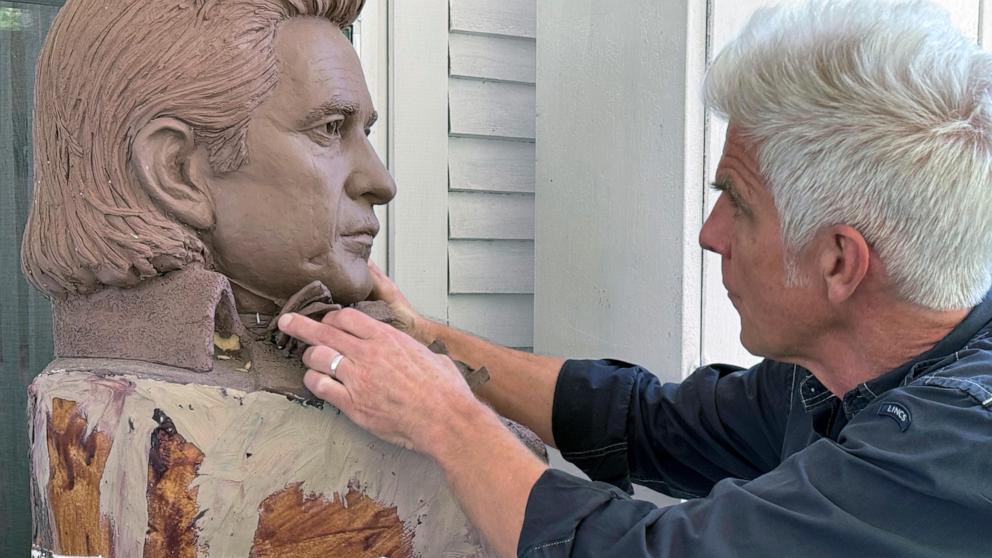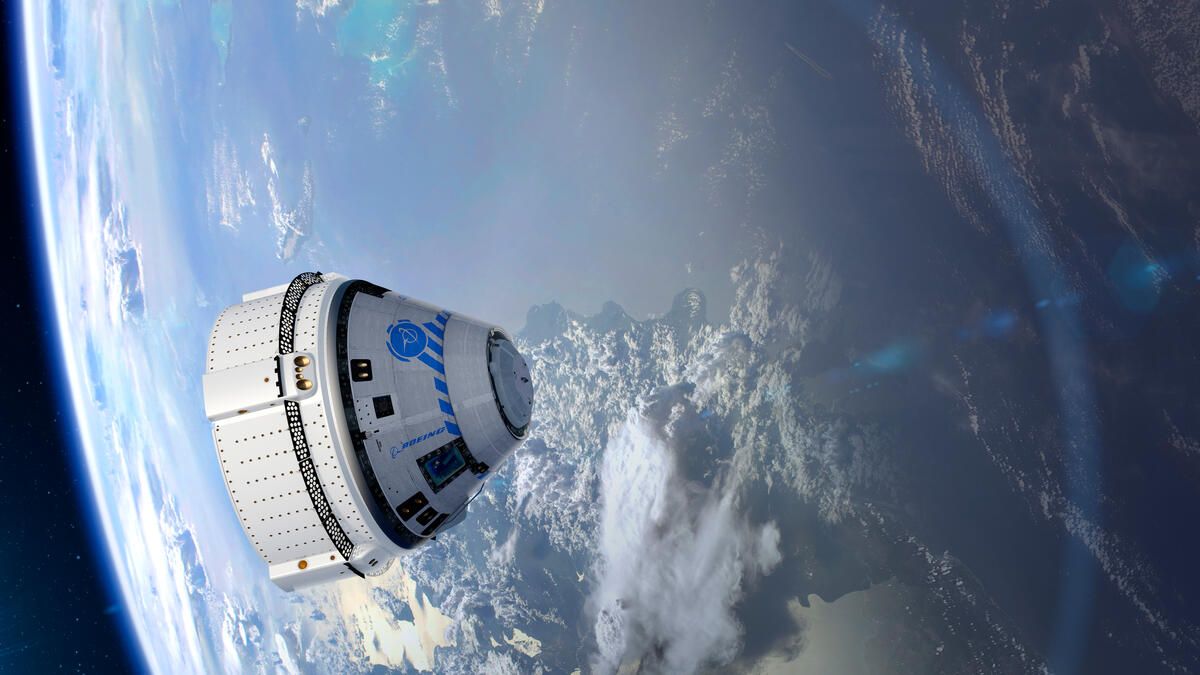
Şu anda Alberta Üniversitesi’nin Göktaşı Koleksiyonunda bulunan El Ali göktaşının bir dilimi, Dünya’da daha önce hiç görülmemiş iki mineral içeriyor. Kredi bilgileri: Alberta Üniversitesi
Büyük bir göktaşı içinde keşfedilen yeni mineraller, asteroit oluşumuna dair ipuçları verebilir.
Bir araştırma ekibi, 2020’de Somali’de bulunan 33.000 pound (15.000 kg) bir göktaşında Dünya’da daha önce hiç görülmemiş en az iki yeni mineral keşfetti. Bu dev göktaşı, şimdiye kadar bulunan en büyük dokuzuncu göktaşı.
Alberta göktaşı küratörü ve Yer ve Atmosfer Bilimleri Bölümü’nde profesör olan Chris Hurd, “Yeni bir mineral bulduğunuzda, bu, gerçek jeolojik koşulların, kayaların kimyasının daha önce bulunanlardan farklı olduğu anlamına gelir” diyor. Toplamak. “Bunu heyecan verici kılan da bu: Bu belirli göktaşında, bilim için yeni olan ve resmi olarak tanımlanmış iki mineral var.”
Göktaşından 70 gramlık bir dilim, sınıflandırma için iki mineralin keşfedildiği Alberta Üniversitesi’ne gönderildi. Görünüşe göre halihazırda incelenmekte olan olası bir üçüncü mineral var. Hurd, araştırmacıların büyük göktaşından daha fazla örnek almaları durumunda daha fazla mineral bulma şanslarının olduğunu belirtiyor.
Yeni keşfedilen iki mineral, elaliit ve elkinstantonit olarak adlandırıldı. İlk isim olan elaliite, resmen ” olarak adlandırılan göktaşının kendisinden gelir.En YüksekBir göktaşı çünkü Somali’nin Hiran bölgesindeki Al-Ali kasabası yakınlarında bulundu. Flock, elkenstantoniti, Arizona Eyalet Üniversitesi’ndeki Gezegen Girişimi başkan yardımcısı, ASU’nun Dünya ve Uzay Araştırmaları Koleji’nde profesör ve baş araştırmacı olan Lindy Elkins-Tanton’dan sonra ikinci mineral olarak adlandırdı.[{” attribute=””>NASA’s upcoming Psyche mission.

A slice of the El Ali meteorite contains two minerals never before seen on Earth. Credit: University of Alberta
“Lindy has done a lot of work on how the cores of planets form, how these iron-nickel cores form, and the closest analogue we have are iron meteorites. So it made sense to name a mineral after her and recognize her contributions to science,” Herd explains.
In collaboration with researchers at the University of California, Los Angeles (UCLA) and the California Institute of Technology (Caltech), Herd classified the El Ali meteorite as an “Iron, IAB complex” meteorite, one of over 350 in that particular category.
As Herd was analyzing the meteorite to classify it, he saw something that caught his attention. He brought in the expertise of Andrew Locock, head of the University of Alberta’s Electron Microprobe Laboratory, who has been involved in other new mineral descriptions including Heamanite-(Ce).
“The very first day he did some analyses, he said, ‘You’ve got at least two new minerals in there,’” says Herd. “That was phenomenal. Most of the time it takes a lot more work than that to say there’s a new mineral.”
Locock’s rapid identification was possible because the two minerals had been synthetically created before, so he was able to match the composition of the newly discovered natural minerals with their human-made counterparts.
Scientists are still examining the minerals in detail to determine what they can tell us about the conditions in the meteorite when it formed.
“That’s my expertise — how you tease out the geologic processes and the geologic history of the asteroid this rock was once part of,” says Herd. “I never thought I’d be involved in describing brand new minerals just by virtue of working on a meteorite.”
Herd also notes that any new mineral discoveries could possibly yield exciting new uses down the line.
“Whenever there’s a new material that’s known, material scientists are interested too because of the potential uses in a wide range of things in society.”
While the future of the meteorite remains uncertain, Herd says the researchers have received news that it appears to have been moved to China in search of a potential buyer. It remains to be seen whether additional samples will be available for scientific purposes.
Herd described the findings at the Space Exploration Symposium on November 21 at the University of Alberta’s ETLC Solarium.

“Analist. Tutkulu zombi gurusu. Twitter uygulayıcısı. İnternet fanatiği. Dost pastırma hayranı.”





More Stories
Boeing’in Starliner’ı, bugün ilk astronotunun fırlatılmasıyla özel uzay aracı kulübüne katılacak
Starliner: NASA, Boeing’in yeni uzay aracını Uluslararası Uzay İstasyonu’na uçuracak
Boeing’in uzun zamandır beklenen Starliner’ı Uluslararası Uzay İstasyonu’na ilk test uçuşuna hazır